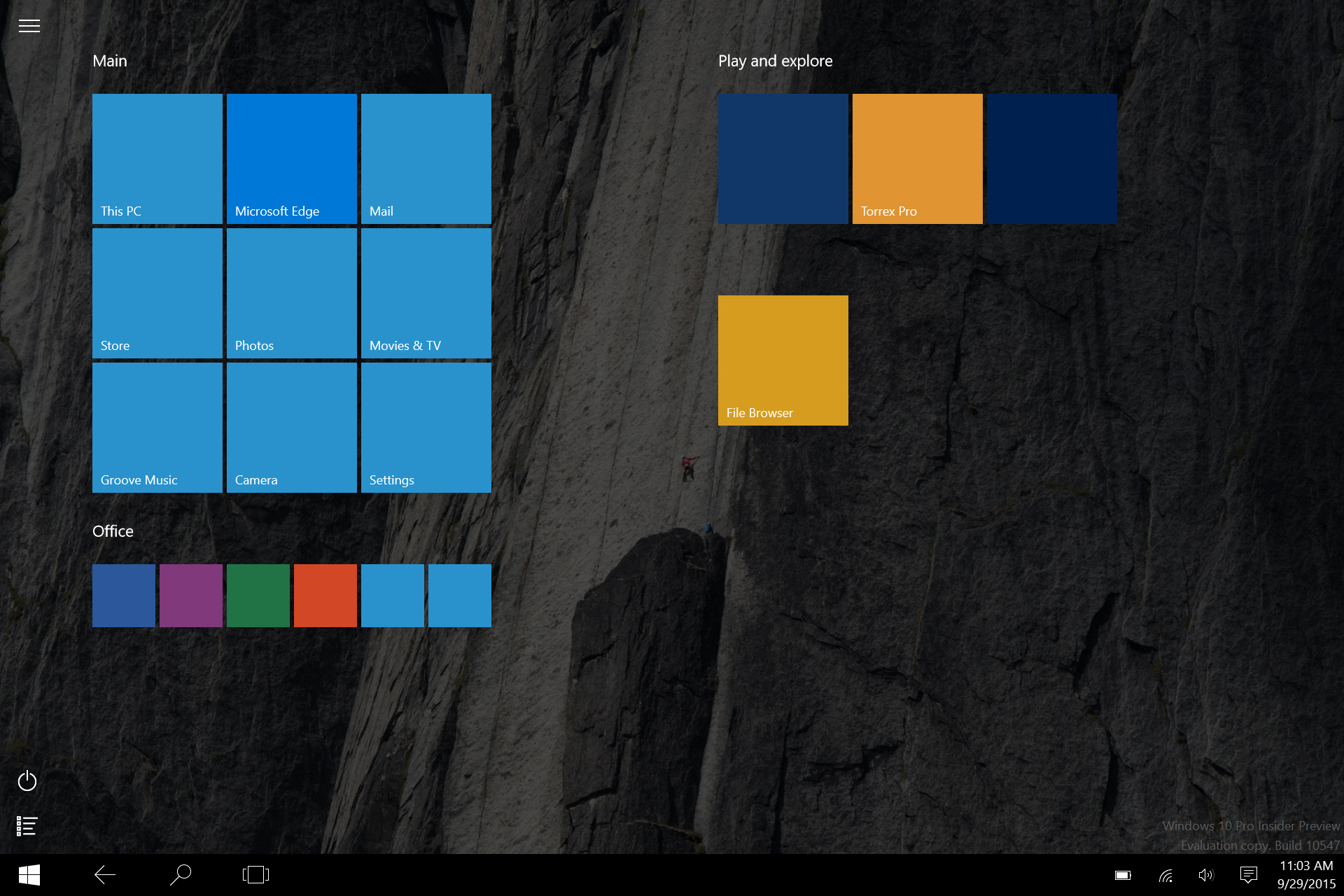Ongoing Windows 10 bugs leave me pining for 8.1 on my Surface 3

I am not a Windows 10 "fan boy". In fact, I’ve frequently expressed my dislike for many of the UI choices Microsoft made with the new OS. I’ve also noted how unstable Windows 10 can be for some users, and I’ve extensively documented my own woes attempting to upgrade an HP Envy x2 hybrid laptop (still no resolution to that one).
So, when I knew that I’d be writing extensively about Windows 10 -- both for BetaNews and in my capacity as an Industry Analyst -- I made the decision to invest in what I thought would be the best platform on which to test the OS and its myriad features: A Microsoft Surface 3. My thinking was that, to wring the best experience out of Windows 10, you need to give it a fully-compatible hardware configuration. And what better way to ensure such a configuration than by purchasing one of the very devices Windows 10 was designed to showcase?
Some will recall that I reviewed the Surface 3 earlier this year and came away unimpressed. However, with time running out and a plane to catch, I made the decision to keep the device if for no other reason than to give myself proper reference platform. And despite its flaws, the Surface 3 is still very portable. I’m particularly enamored with the 3:2 aspect ratio which makes using the device in portrait mode quite pleasant.
That is, when it’s actually working properly. Which lately is not very often. Adding to my previous list of bugs with the RTM version, this new accounting includes fun and exciting issues introduced since joining the "Windows Insider" program and installing build 10547:
- A particularly annoying bug seems to be tied to the login procedure for Windows 10 in "Tablet Mode". After I’ve entered my pin using the touchscreen keypad, I find myself staring at a blank "desktop" with no Start Menu to be found. I have to manually tap either the Start Menu button or the Surface 3’s capacitive Windows button to invoke it. Not debilitating, but still quite annoying.
- Another Start Menu bug, and one that may be linked to the changes Microsoft has made to the tile management logic, sees my Start Menu tiles going blank (screenshot below). Again, the behavior seems somehow connected to "Tablet Mode". If I manually switch back to "Desktop Mode", the tiles reset themselves. I can then manually switch back to "Tablet Mode" and continue using the now reset tiles -- that is, until they go blank again, which is usually after I’ve been running one or more Store apps full-screen.

- From time to time, the Action Center goes "MIA" (pun intended). I swipe from the right and nothing happens. I tap the "Notifications" icon in the Task Bar and still no joy. The best part is that the problem usually coincides with my transition to "Tablet Mode" and also the aforementioned "blank tiles" bug. The net result is that I have no Start Menu Tiles, no Action Center, and no way to correct either problem short of logging out of Windows entirely (even reattaching the Surface keyboard won’t "unfreeze" the Action Center).
- I suspect that many of these bugs may be tied to the Intel graphics driver that runs the video hardware on my Surface 3. Recently, the driver has grown increasingly "twitchy", with random flickers and the occasional driver crash-and-recovery event. The "blank tiles" bug is almost certainly linked to the driver since it’s reminiscent of the behavior I’m seeing on my now abandoned (at least for Windows 10’s purposes) HP Envy x2. Still, you would think with the number of users complaining about this, and similar, graphics anomalies Microsoft would have figured it out by now.
- Of course, I’ve saved the best for last. From time to time, when transitioning back to desktop mode, my Surface 3 will completely freak out. All normal touch and pointer functions go haywire (no mouse pointer, no way to long-press anything), and a mysterious, "pulsating circle" appears in the upper left quadrant of the screen. No amount of manipulation -- including detaching and reattaching the Type Cover keyboard -- will break the device out of its funk. I’m ultimately forced to reboot the system in order to regain control.
Generally speaking, I’m a fairly patient person, especially when it comes to "eating the dog food" that’s a part of testing new and cutting-edge products. But with Windows 10, the problems just seem to get worse over time. Each new "Insider" build has broken more than it’s fixed, at least on my Surface 3. And since some of these bugs may be tied to my choice of hardware -- a choice, you’ll recall, I made in an effort to let Windows 10 really shine -- the situation feels all the more ironic.
Frankly, I’d love to go back to Windows 8.1 on my Surface 3. But seeing as this is the only Windows 10 "compatible" device I have around ("Thanks again, Intel/HP!"), I have no choice but to tough it out and hope things improve. And to those who will now savage me for complaining about "prerelease bits", be honest and admit that, if any group of systems should be experiencing minimal platform instability under pre-release builds, it’s the Surface 3 family.
After all, these are Microsoft’s own devices. And those who buy them tend to do so expecting a better-than-average experience running Windows, something I’ve yet to achieve under any version post-8.1.
Photo Credit: Ollyy/Shutterstock
